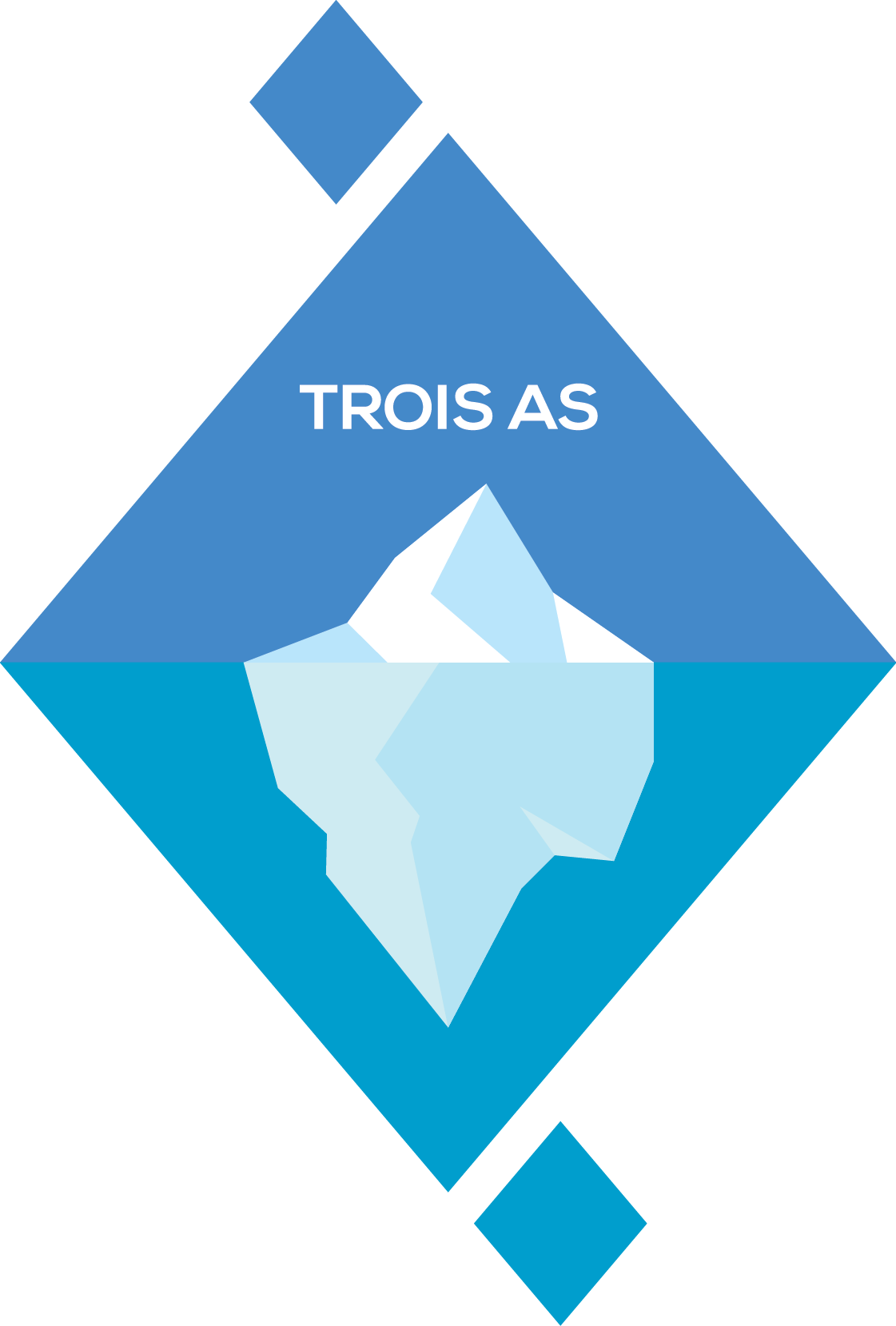
Towards a Regional
Ocean / Ice-Sheet / Atmosphere
modelling System
Final TROIS-AS report (in french)
Slides on the main results from TROIS-AS (in english)
Any change in the mass of the Antarctic ice sheet is equivalent to a change in sea level: if the ice sheet loses mass, it contributes to raising sea level, while if it gains mass, it contributes to lowering or limiting sea level rise. Since at least the 1980s, it seems clear that it should snow more on the Antarctic ice sheet in a warmer climate, which would increase the ice sheet mass. However, the ice sheet has lost mass in recent decades as the ice flow towards the ocean has accelerated. This is related to the melting of the floating ice shelves by the ocean. In fact, these ice shelves partially hold back the entire ice sheet flow, and their thinning or collapse has strong consequences on the upstream ice flow. In addition, as observed in the Antarctic Peninsula region, atmospheric warming and subsequent melting at the surface of ice shelves can cause their collapse, in particular by enlarging the crevasses by filling them with water.
Our TROIS-AS project sought to represent this complexity in numerical models in order to predict the future Antarctic contribution to sea level rise. We were particularly interested in the Amundsen Sea region and the ice sheet that flows into it, as this region has recently contributed to nearly 10% of the global sea level rise. We first simulated the ocean, the atmosphere and the ice flow separately, then we set up couplings between these models in order to reproduce the possible snowball effects, or in other words the feedbacks, between the ocean and the ice in particular.
Our projections confirm that snowfall will become more abundant during the 21st century in a scenario of relatively high human emissions. Melting of the surface of ice shelves will increase significantly, but will often be insufficient to cause ice shelf collapse in the Amundsen sector. Ice shelf melting by the underlying ocean will remain much more important than surface melting in this sector, and is expected to continue to accelerate the ice flow into the ocean along the 21st century. At the Antarctic scale, simpler methods have been used through large international collaborations. These projections predict that Antarctica as a whole would contribute between -7.8 and +30 cm to sea level from 2015 to 2100. This shows that the uncertainty is enormous, and that the methods implemented in TROIS-AS will have to be deployed on the scale of Antarctica and for the climate system as a whole.
The project took place over 2015-2020 and was conducted at the Institut de Géosciences de l’Environnement (IGE, Grenoble, France) and was funded by ANR. The PI of this project was Nicolas Jourdain, and the main investigators were Fabien Gillet-Chaulet, Olivier Gagliardini, Gaël Durand, Hubert Gallée, Julien Le Sommer, Nacho Merino, Marion Donat-Magnin, Lionel Favier, Julien Brondex, Jonathan Wille and Charles Amory.
